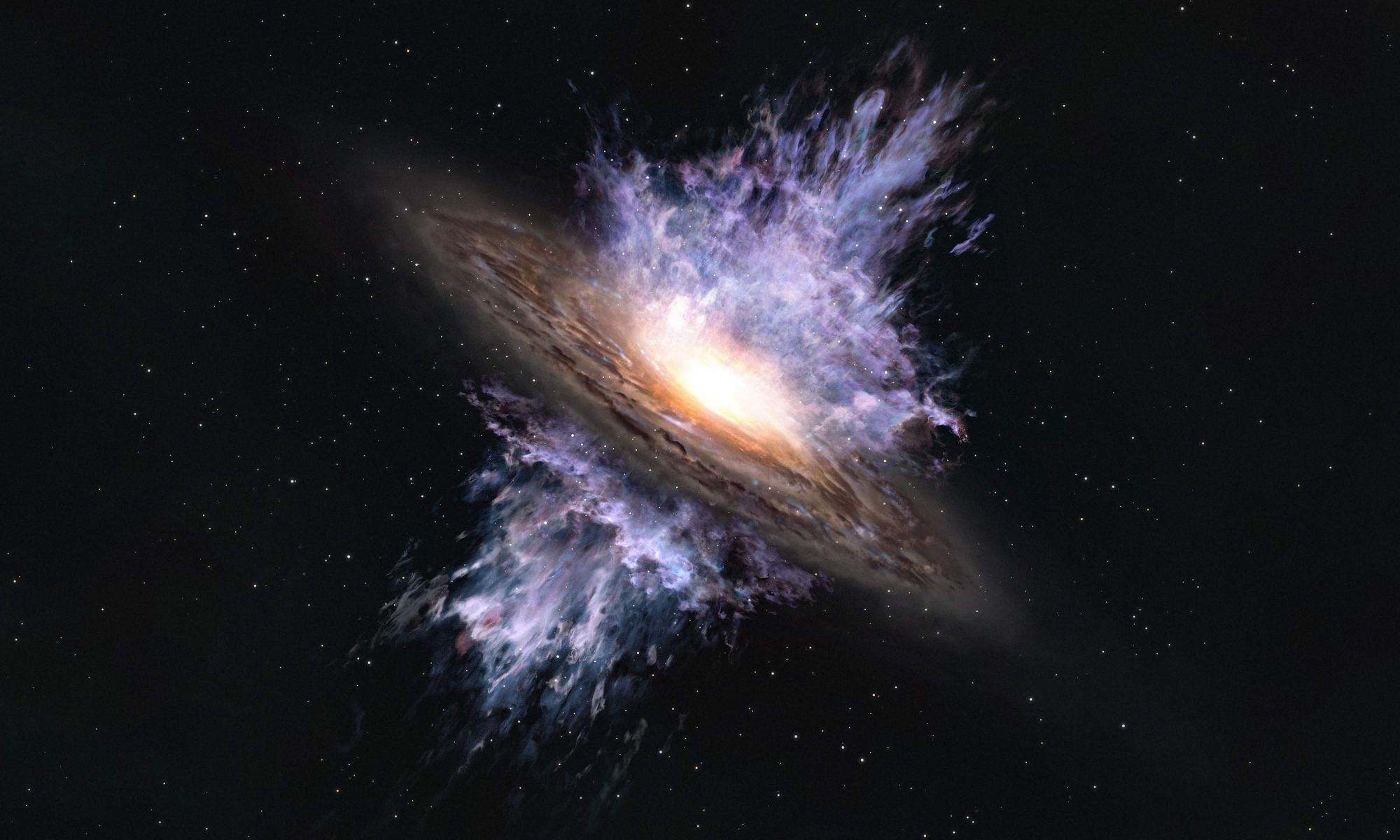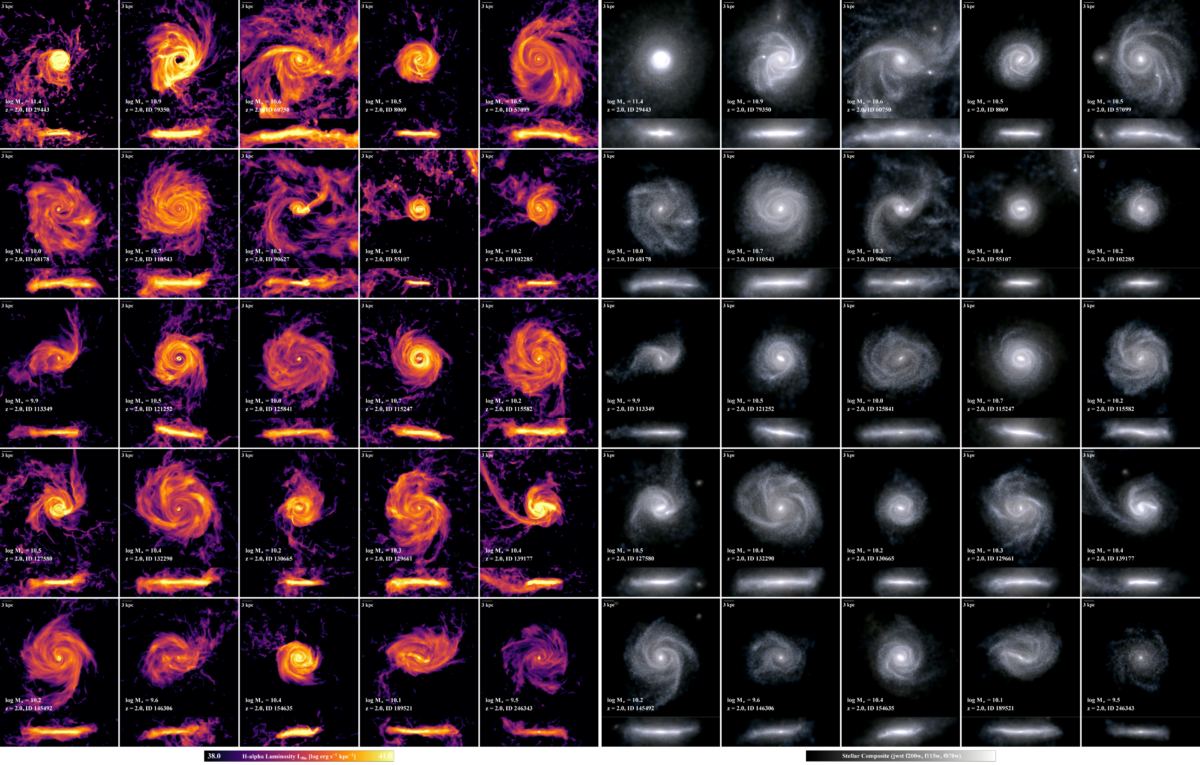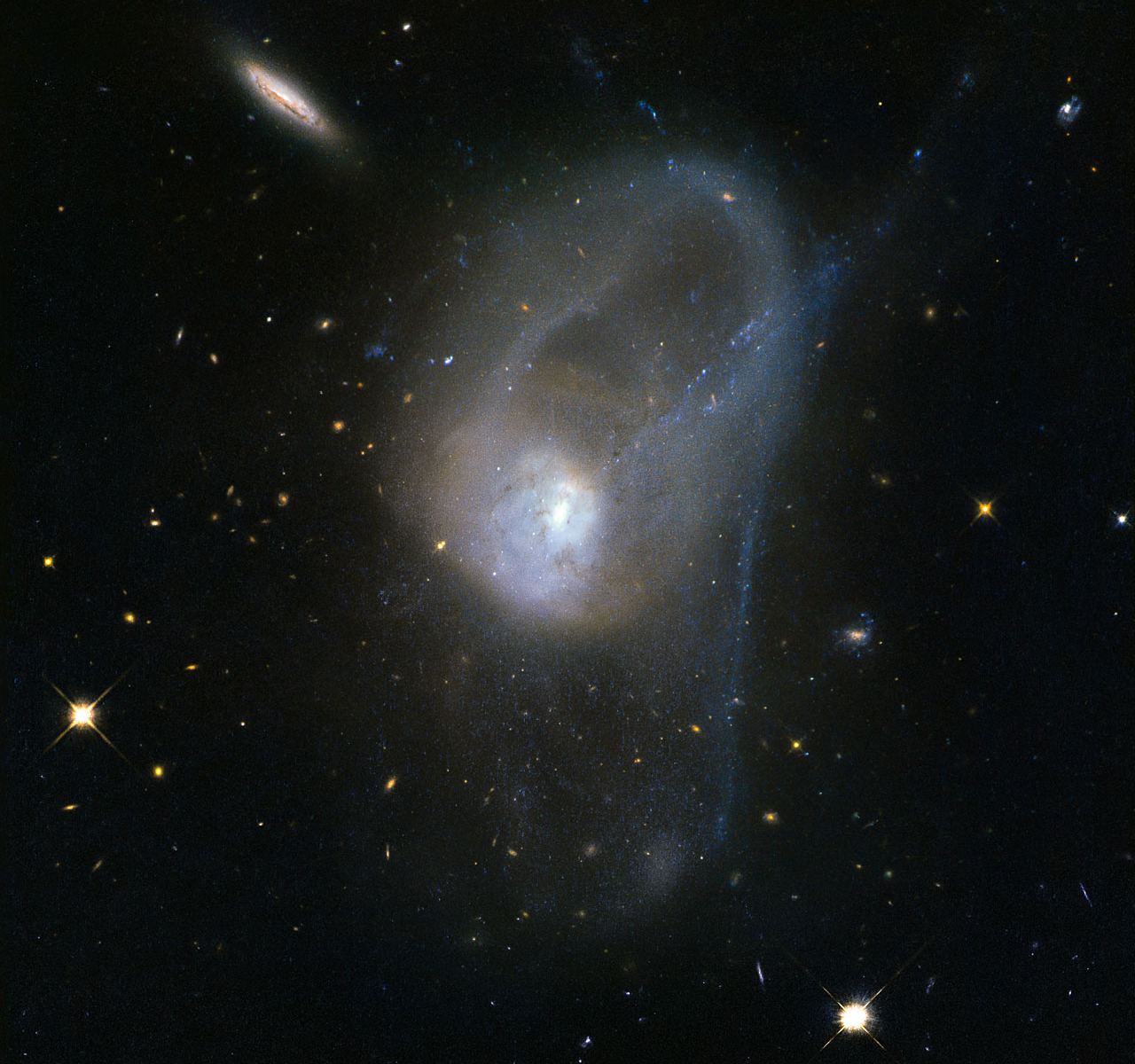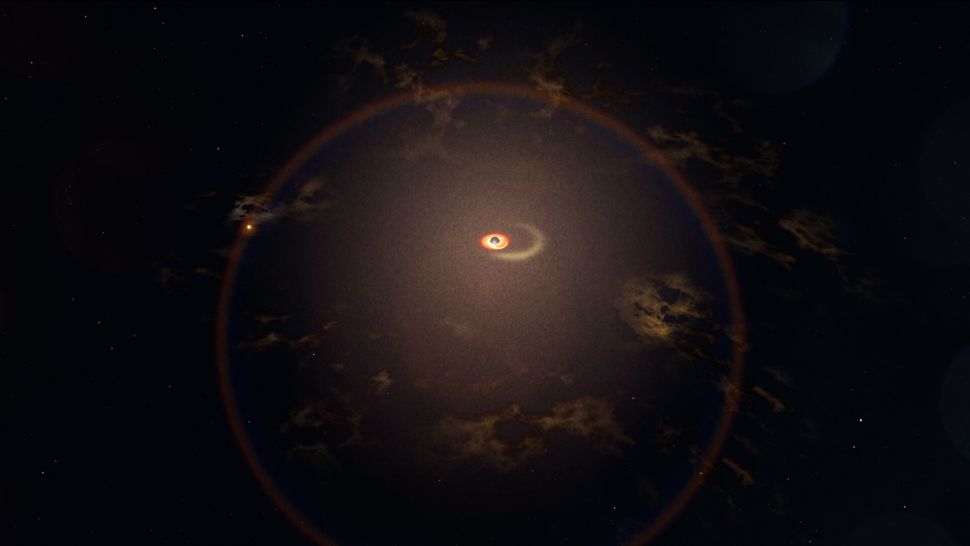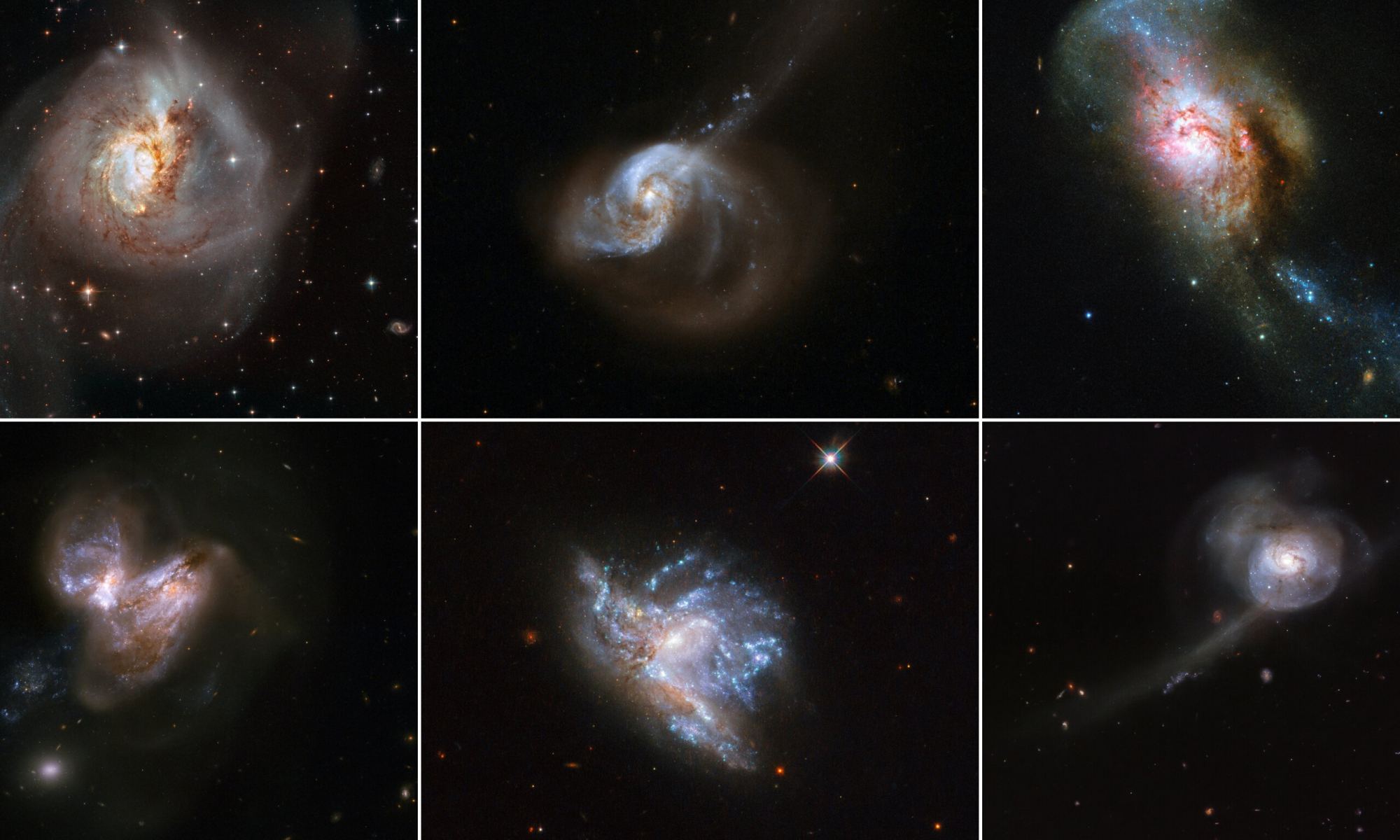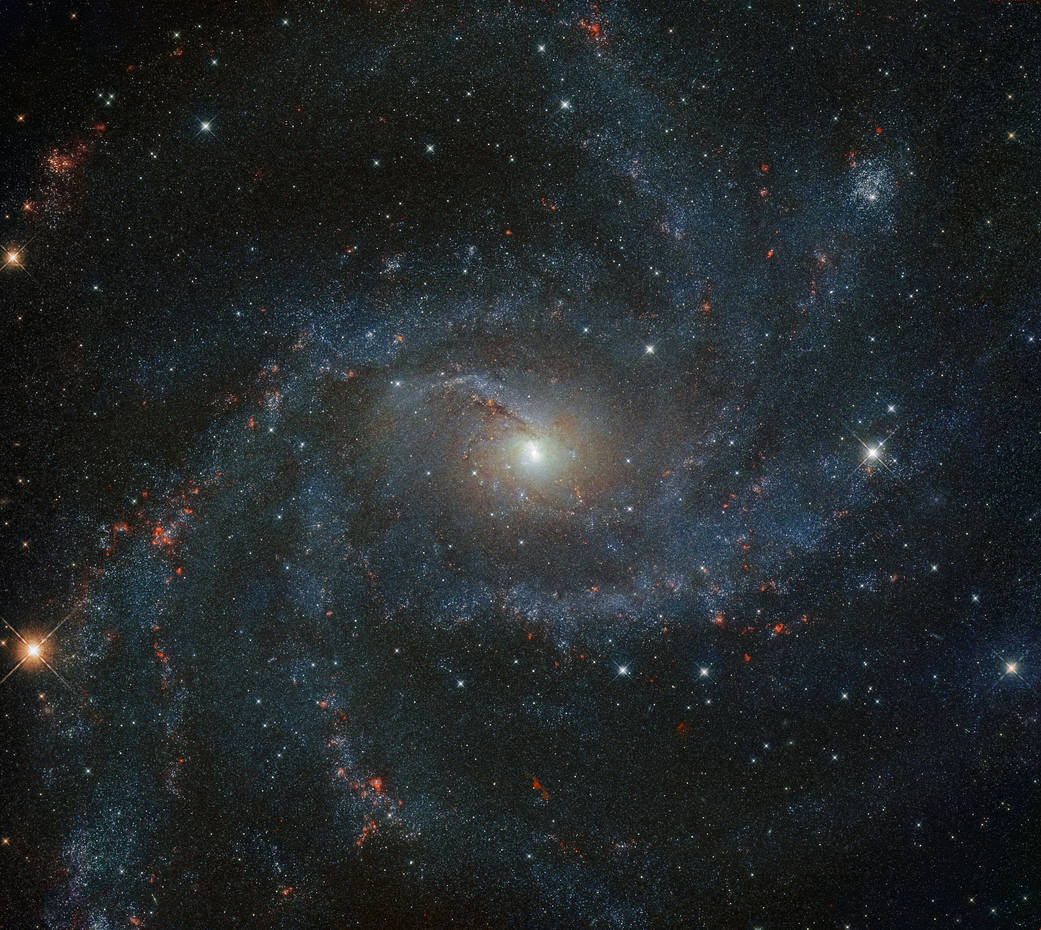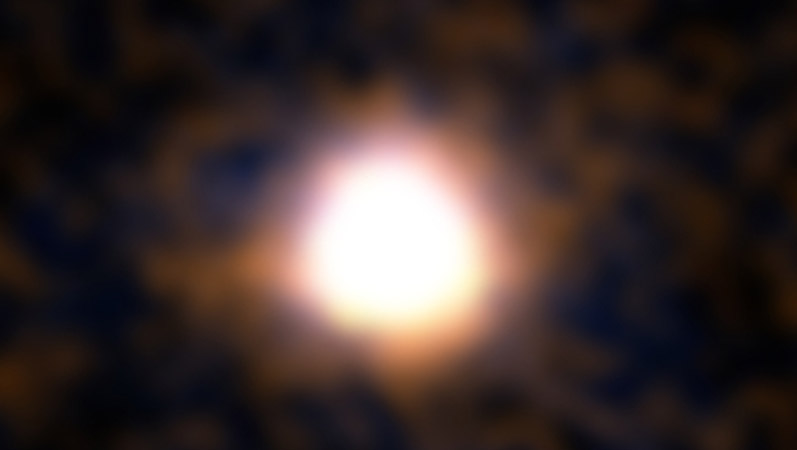At the heart of most galaxies is a supermassive black hole. These beasts of gravity can play a crucial role in the formation and evolution of their galaxy. But astronomers still don’t fully understand when the influence of black holes becomes significant. Did large black holes form early in the universe, causing galaxies to form around them? Or did black holes grow after its primordial galaxy had begun to form? You might call this the chicken or egg problem. But a recent study suggests that galaxies and their supermassive black holes can have a mutual interaction that allows them to co-evolve.
Continue reading “Supermassive Black Hole Winds Were Already Blowing Less Than a Billion Years After the Big Bang”Supermassive Black Hole Winds Were Already Blowing Less Than a Billion Years After the Big Bang
